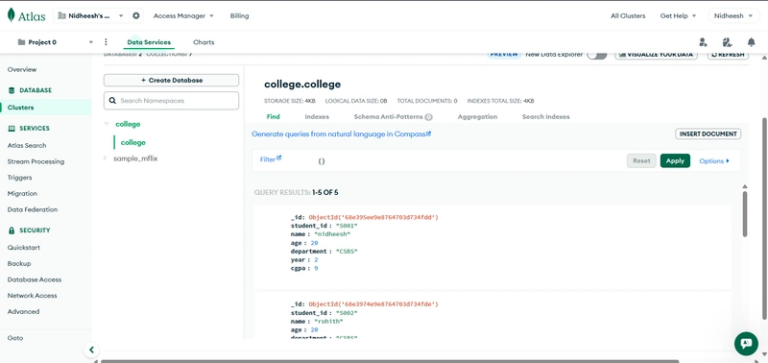**Generative AI Showdown: VAEs vs Diffusers** In the ever-e
Generative AI Showdown: VAEs vs Diffusers
In the ever-evolving landscape of generative AI, two approaches have emerged as the front-runners: Variational Autoencoders (VAEs) and Diffusers. While both models have made groundbreaking strides in producing high-quality images, they tackle the problem from different angles, each with its strengths and weaknesses.
Variational Autoencoders (VAEs)
VAEs are a type of generative model that excels at modeling complex distributions. They work by learning a probabilistic mapping between an input data space and a latent space, where the data is represented as a probabilistic distribution. This allows VAEs to capture intricate patterns and structures in the data, resulting in highly realistic images.
For instance, VAEs have been used to generate stunning images of faces, objects, and scenes. They can even learn to model the variability of human faces, capturing subtle differences in expression, age, and ethnicity. However, VAEs struggle…
This post was originally shared as an AI/ML insight. Follow me for more expert content on artificial intelligence and machine learning.


